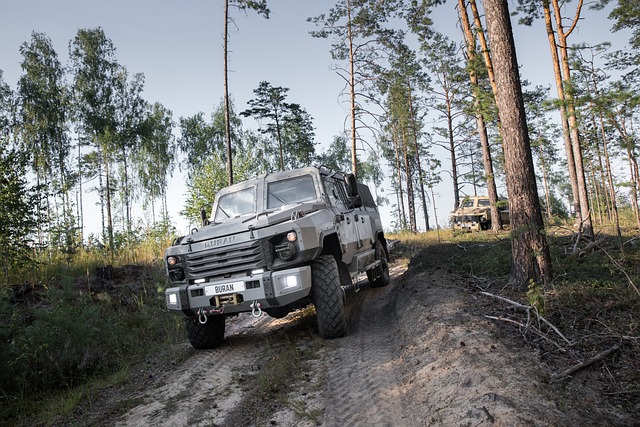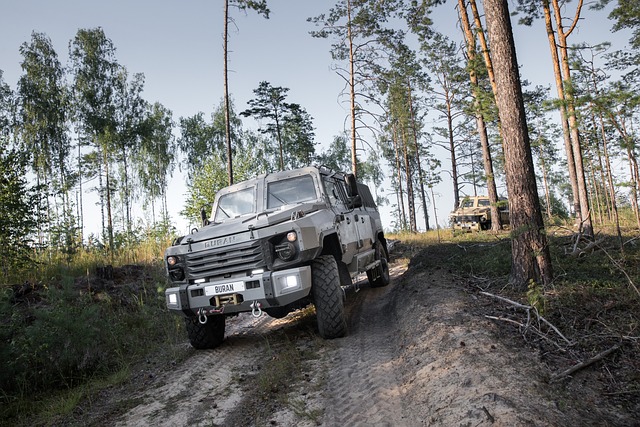RGV wheels' superior performance relies on efficient brake calipers, which clamp pads against rotors to slow or stop vehicles. Modern caliper designs enhance overall braking efficiency, crucial for off-road and high-performance RGV vehicles. Regular maintenance involves inspecting for damage, cleaning, lubricating, and replacing as needed. Upgrading to high-quality calipers with robust materials and heat dissipation ensures optimal stopping power for RGV wheels.
“Discover the unsung heroes of your vehicle’s braking system—brake calipers, especially crucial for the smooth operation of RGV wheels. This comprehensive guide unravels the intricacies of caliper functionality and its impact on vehicle safety. We’ll explore the difference between disc and drum calipers, maintenance tips, replacement procedures, and how to select the perfect match for your RGV wheels. Enhance your understanding and ensure optimal braking performance.”
- Understanding Brake Calipers: Their Role in Vehicle Safety
- The Components of RGV Wheels and Caliper Functionality
- Types of Brake Calipers: Disc vs. Drum
- How to Maintain and Replace Brake Calipers
- Choosing the Right Brake Calipers for Your RGV Wheels
Understanding Brake Calipers: Their Role in Vehicle Safety

Brake calipers, a fundamental component of a vehicle’s braking system, play a critical role in ensuring safe and effective stopping power. They are essentially the clamping mechanism that squeezes the brake pads against the rotor, creating friction to slow or stop the vehicle. Understanding their function is essential for maintaining optimal vehicle performance and safety, especially when considering RGV wheels, known for their high-speed capabilities and demanding braking requirements.
Effective caliper design enhances overall braking efficiency by controlling the force applied to the brakes. Modern calipers are engineered with precision, allowing them to deliver consistent and powerful braking even under extreme conditions. This is particularly important in off-road vehicles or those equipped with high-performance RGV wheels, where precise control and robust stopping power are crucial for driver safety and vehicle stability.
The Components of RGV Wheels and Caliper Functionality

RGV wheels, renowned for their strength and performance, are a crucial component in many high-performance vehicles. At the heart of their braking system lies the caliper – a sophisticated mechanism designed to clamp down on the wheel’s rim with precision. The caliper itself comprises several key elements: the housing, which contains the piston and pads; the piston, responsible for transferring pressure from the brake fluid to push against the brake pads; and the brake pads, which make direct contact with the wheel rim.
The functionality of this assembly is straightforward yet critical. When the driver applies pressure to the brake pedal, fluid under pressure moves through the caliper’s internal passages, pushing the piston outwards. This movement forces the brake pads to clamp down on the RGV wheel’s rim, dramatically reducing its speed and bringing the vehicle to a stop. The caliper’s design ensures consistent braking power across all wheels, contributing to both safety and control during high-speed driving or sudden stops.
Types of Brake Calipers: Disc vs. Drum

Brake calipers are a crucial component in a vehicle’s braking system, responsible for clamping down on the brake pads to slow or stop rotation of the wheels. When considering different types of brake calipers, two prominent options stand out: disc and drum brakes. In terms of performance, rgv wheels equipped with disc brakes offer superior stopping power and heat dissipation compared to their drum counterparts. This is primarily due to the direct contact between the brake pads and rotors, allowing for more efficient energy transfer during braking.
Disc brakes are also known for their lighter weight and smaller size, making them a popular choice for both original equipment manufacturers and enthusiasts seeking improved handling and reduced wear on other components like drums and pads. Conversely, drum brakes have long been relied upon for their durability in extreme conditions, such as off-road vehicles or heavy trucks, where consistent performance under demanding circumstances is paramount. Despite this, the advent of advanced technologies and materials has blurred the lines between these two types, with modern drum brakes offering improved performance and disc-like responsiveness, while disc brakes continue to evolve to meet the demands of rugged terrain and extreme sports enthusiasts alike.
How to Maintain and Replace Brake Calipers

Regular maintenance is key to keeping your brake calipers in top condition, ensuring optimal performance and extending their lifespan. Here’s a simple step-by-step guide to help you maintain your calipers effectively. Start by inspecting them for any signs of damage or wear, especially if your vehicle has high mileage. Look out for corrosion, distorted pins, or worn-out pads, as these could indicate that it’s time for a replacement. Next, clean the caliper assembly thoroughly, removing any dirt, grease, or debris. This can be done using a dedicated brake cleaner, ensuring you reach all nooks and crannies. After cleaning, lubricate the caliper slides and pins with high-quality lubricant designed for automotive applications. This reduces friction and prevents excessive wear.
When it comes to replacing brake calipers, timing is crucial. If you notice a significant drop in braking performance or hear unusual noises when applying the brakes, it might be an indication that your calipers need to be replaced. RGV wheels, known for their quality and durability, can benefit from regular caliper maintenance as part of overall vehicle care. Remember, proper maintenance not only enhances safety but also contributes to a smoother, more controlled driving experience.
Choosing the Right Brake Calipers for Your RGV Wheels

When it comes to enhancing the braking performance of your RGV wheels, selecting the appropriate brake calipers is a crucial step. These calipers are the heart of your vehicle’s braking system, directly pressing against the rotors to slow or stop your bike. For RGV wheels, which are known for their high-performance capabilities and aggressive style, you’ll want calipers that match this level of intensity. Look for calipers designed for superior heat dissipation, as these wheels can generate significant heat during intense riding sessions.
Consider factors like material quality, piston size, and the ability to withstand high temperatures when choosing your RGV wheel calipers. Premium materials such as aluminum or steel offer excellent durability and performance. Larger pistons enable better clamping force, which is essential for maintaining control at high speeds. Ensure the calipers are compatible with your specific RGV model to guarantee a seamless fit and optimal braking efficiency.
Brake calipers, essential components of your RGV wheels, play a crucial role in ensuring vehicle safety and control. Understanding their functionality, available types, and maintenance requirements is vital for every vehicle owner. Whether you opt for disc or drum calipers, regular upkeep and timely replacement can significantly enhance your driving experience, preventing costly repairs and ensuring your RGV wheels operate at peak performance. Remember, choosing the right brake calipers tailored to your RGV wheels is a key step in maintaining optimal braking efficiency and safety on the road.
